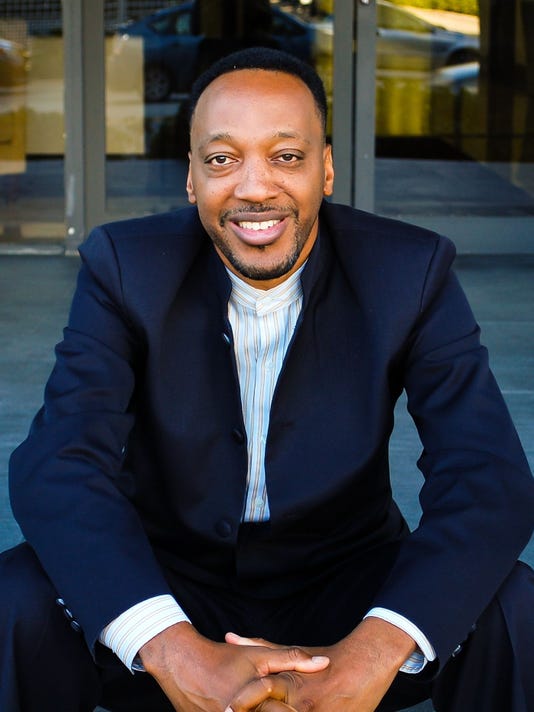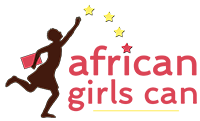Define people by their assets, not their deficits. We can invest in assets.
On February 19, 2020 (just before COVID-19 hit in the US and stopped us in our tracks), African Girls Can attended a workshop by the Communications Network regarding Asset Framing. It seemed so applicable to our work with schoolgirls from rural Northern Uganda. Are they impoverished and without opportunities? Or, are they full of potential and able to improve their communities – just with a bit of support to learn the skills they need?

We listened to a recorded lecture by social innovator and CEO/Founder of BMe, Trabian Shorters, and had a video chat with him afterward. Here are some things we learned.
There are two types of people:
Fixers – problem focused, survival oriented, seek stability and recovery. They hurt/stop a villain. The Baby Boomers tend to fall in this category by responding to crises (i.e. war on… poverty, drugs etc.)
Builders – aspiration focused, create, explore, willing to start with a blank slate. They reward a hero. Millennials (the future of philanthropy) respond more to this growth narrative.
People can also be characterized this way:
Liberals – for them, equity means inclusion.
Conservatives – for them, equity means fairness.
When we hide aspirations and contributions in favor of just what is wrong/missing from a person or group of people, we are undermining equity.
There are also two aspects to our minds:
Intuitive mind – before thinking, loads familiar narratives (i.e. stereotypes).
Intentional mind – acts on suggestion, disregards facts that don’t fit the narrative.
This is important to acknowledge because mental narratives matter much more than facts, which are easily dismissed. Humans entirely disregard facts that don’t fit into the expected or familiar narrative.
We define entire communities by their challenges. To do this to a person is to stigmatize them. Once you learn a narrative, your intuitive mind instantly recalls it. We will avoid, control, kill (eliminate) stigmatized things.
The answer: we all need to learn a fuller narrative! Instead of being negatively data driven, we need to track positive things. For instance, it is commonly reported how many young Black men are incarcerated. But, can we easily find a statistic for how many Black owned small businesses there are?
Asset Framing
Framing is our choice. (Do we say 90% fat free, or 10% fat?) This approach defines people by their aspirations before noting their challenges and problems. Think about their contributions before their struggles. (Don’t penalize the student for being at risk or the woman for being poor.) We should invest in them for their continued benefit to society – they are worthy of opportunity. Delve deep and consider not just what we say about people (word choice/spin), but what we think about people.
A person’s mind holds on to stories – what is the story we want to tell? People are tired of and tune out the crisis narrative. Organizations can raise more money by asset framing because you can only invest in assets/opportunities (vs. charity). People want to fund the underdog who wants to change the world, not a community’s need, but its aspirations. Helping people prosper is a greater goal than stopping poverty. When everyone can prosper, poverty is also ended.
This mindset is the future of philanthropy.

